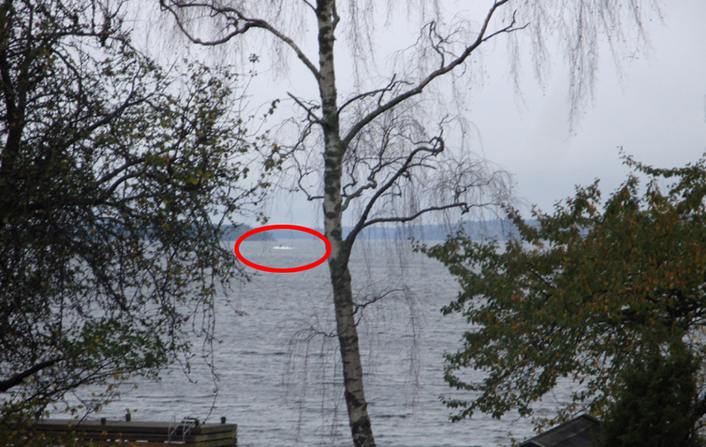 |
| We've got to stop meeting like this |
There is some (not altogether unreasonable) talk of a San Francisco "Dynasty", as no National League team has won as many as three world series in five years since the '40s, when MLB was more like AAA ball because so many players had joined the military to fight in WW II. Whether or not the Giants are a dynasty is subject to opinion, but there is no doubt that they have developed the successful strategy for baseball teams to emulate in the post-steroid era. Everything you thought, it turns out, is wrong.
The LEAST important factor in winning MLB championships is offense. There's a very simple reason for this. More than ever before, today there are two very distinct seasons. The regular season is a grind. It takes physical, mental and emotional endurance to get through 162 games in 183 days. Luck is a huge factor in winning - the single greatest determining factor is injuries - and therefore depth. There are 25 active players on a 40 man roster, and superstars represent a single point of failure. In the place of the offensive superstar of yore, you now have to build a strong, effective, flexible bullpen. Albert Pujols and Giancarlo Stanton are much less important to winning it all than Jeremy Affeldt and Javier Lopez. The goal is to structure a team that can make the playoffs, even if they don't dominate the regular season, and then has the right pieces to win three series that are utterly unlike any series played before the post season.
The first very smart thing the Giants did is they recognized the strengths and weaknesses of their home park. A team plays 81 games at home, so it makes sense to build a team that can be expected to win in that environment. There was a time when the Giants fans bemoaned the team's inability to get big-time free agent hitters to come to SF because their power numbers would suffer so greatly. Finally, the front office has figured out that's a feature, not a bug, and builds a team accordingly.
Teams built on pitching need to emphasize defense, because pitching is always a closely-run thing, and giving a team more than their allotment of 27 outs is a sure-fire way to lose games. So the Giants built a team around a big park, a strong starting rotation, a lights-out bullpen and well above average defense. Sure, runs are often very hard to come by, but somehow that hasn't prevented the team from winning those three championships.
And therein lies the lesson. Baseball is not an offensive game. PEDs concealed that fact from us for a generation, and we collectively forgot why baseball is the interesting, exciting game that it is. Teams resisted this recognition for years - how's that working out for you, Anaheim? - but the Giants can no longer be considered a fluke. Third time may or may not be the charm, but going into the playoffs as the bottom seed, the second wildcard, and winning it all convincingly is a lesson that other teams will overlook at their peril. Couple that with 2012's ridiculous two-week run of consecutive elimination games, and the lesson is clear: Build baseball teams that are good enough to make the playoffs, but specifically structured to win in the post-season, and remember how important great coaching and team chemistry can be when the other team is better and things are looking dire.
...








